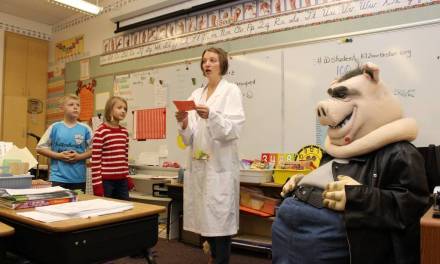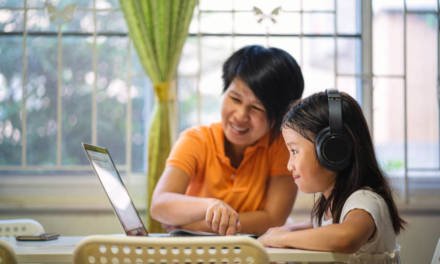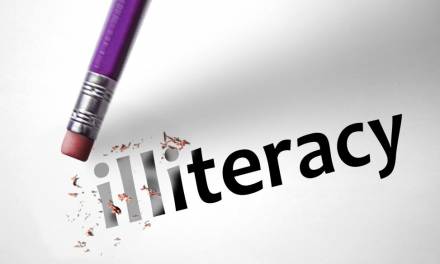Regardless of subject area, the key to success in any lesson is the level of engagement of the learners.
Students of all ages often determine this level of engagement within the opening 10-15 minutes of a lesson, meaning that the strategies used during this time are crucial in determining the attainment that day.
1. Educational Games
With the recent increase in the use of interactive whiteboards and access to other technologies, educational games are widely used to provide an exciting lesson introduction that focuses the attention of the children in a fun, modern way.
This is especially effective with younger children as it removes the idea of learning as a chore and instead can make pupils feel as if they are not partaking in educational activities at all.
Whether being used as a recap on previous lesson topics or an introduction to a new area, children begin the lesson with a positive attitude which naturally supports learning throughout.
2. Invite a visitor
Inviting a visitor or character into the classroom can create an atmosphere of excitement and intrigue. This could be a local expert on the topic being studied, or a member of school staff dressed in the role of a character from a book or an important figure.
By approaching the beginning of the lesson in a different way, children immediately become inquisitive and engaged in finding the answers to their own questions.
3. Props and objects
In order to begin an enquiry-based lesson, a random object could be used as a stimulus. For example, in RE the teacher could present an object linked to a specific religion (such as a Jewish dreidel) and begin with a discussion of suggesting what the object is used for.
This enables students to become hooked early on, especially if the revealing of the object’s purpose is left until as late in the lesson as possible.
By fostering children’s natural curiosity in the beginning of a lesson, they are more likely to remain engaged throughout and learning becomes more meaningful for them.
4. Real Life Situations
Scenario-based lessons can be a great way of interesting children in their own learning, so beginning the class with a “real life” situation such as a crime scene can capture their imaginations immediately.
Using a stimulus that the students can relate to can engage even the least confident learners as it gives lessons a clear purpose throughout, making children less likely to become disengaged later on.
The range of opportunities in this approach means it can be applied to any subject area, from letters from politicians in English to digging up artefacts on the school grounds in History.
5. Go Outdoors
Outdoor learning benefits children at any opportunity, but by using the outdoor environment specifically at the beginning of a lesson, teachers can enhance indoor learning too.
This is particularly effective when explaining large or abstract concepts, for example the solar system, as it gives enough space to demonstrate ideas in a way that children can see visually whilst also effectively channelling the children’s naturally high energy levels.









